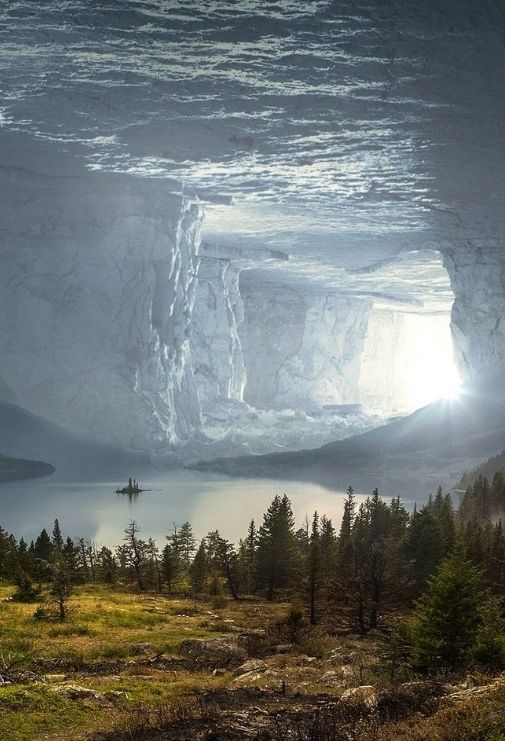- Vol. 08
- Chapter 05

ICE AGE
The tourists watched the Inuit at their ice-fishing and reveled in the jaunts across the frozen ocean by dog-sled and thought how quaint the culture was, how refreshingly uncluttered and uncomplicated their life and dreamt of living their lives free of the demands of the world.
The tribe exchanged packages with the regular pilot and chatted cheerily with him away from the passengers as they boarded; then waved at the commercial plane as its skis lifted from the runway they’d cleared that morning. They waited until the craft was a speck before breaking into an excited dialogue as they hefted the parcels and crates onto the snowmobiles.
Brad – his mother was a Pitt fan – was looking forward to trying out his new amps at the dance tonight. His band had been working on their fusion of traditional and modern music.
Grandfather was providing the haunting throat song for the atmospheric background, and Amaaluk – the young widow they had taken in – was an enthusiastic apprentice of the traditional drumming.
But this modest entertainment wasn’t the main source of the buzz among the greeting party. No, it was the anticipation of sloughing off their winter gear in favour of the lighter clothes after the hot showers at the New Lodge.
Whalers had brought disruption and disease in the 1800s, but also an introduction to technology, and while the crass world had been seething towards destruction using that developing technology as a paddle, the Nunavut community had – per their philosophy of working with nature rather than conquering it – spent the last 200 years preparing for the next climate shift.
ICE AGE
Incorporating the principles of insulation visible to the outside world in the igloo, they had burrowed deep beneath the permafrost of their hallowed region to find and nurture the old world which the last ice age had smothered.
Their scientists had had to respond quickly to the ground penetrating detection of surveillance satellites, but they’d managed and had perfected the current camouflage, having started out with a very basic cover of lead-treated netting which had had to spread far too widely to be practical in the long run, and had prevented occupation of Gamli Heimurinn, a term meaning The Old World which they’d taken from the Icelandic – the birthplace of the wife of one of the elders.
The flora had matured in the last fifty years, the imported and indigent fauna multiplied to sustainable levels, and the ice melted to provide lakes and waterfalls under the ice.
The Great Hall now provided access to a land unseen the doorway to the fading world while it could still provide sunlight and fresh air without the great ice windows and solar powered filtration units.
The community building was strategically placed that the all Inuit Diaspora could watch the hall be collapsed when the outer end came.
That would be a party to outshine 1999.
